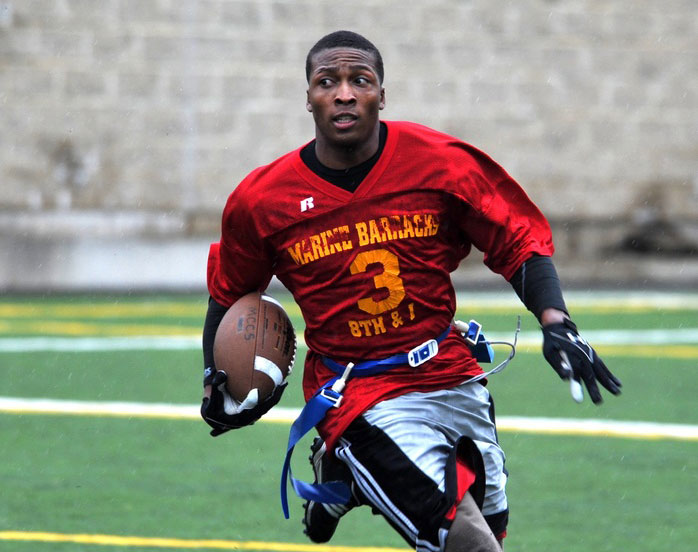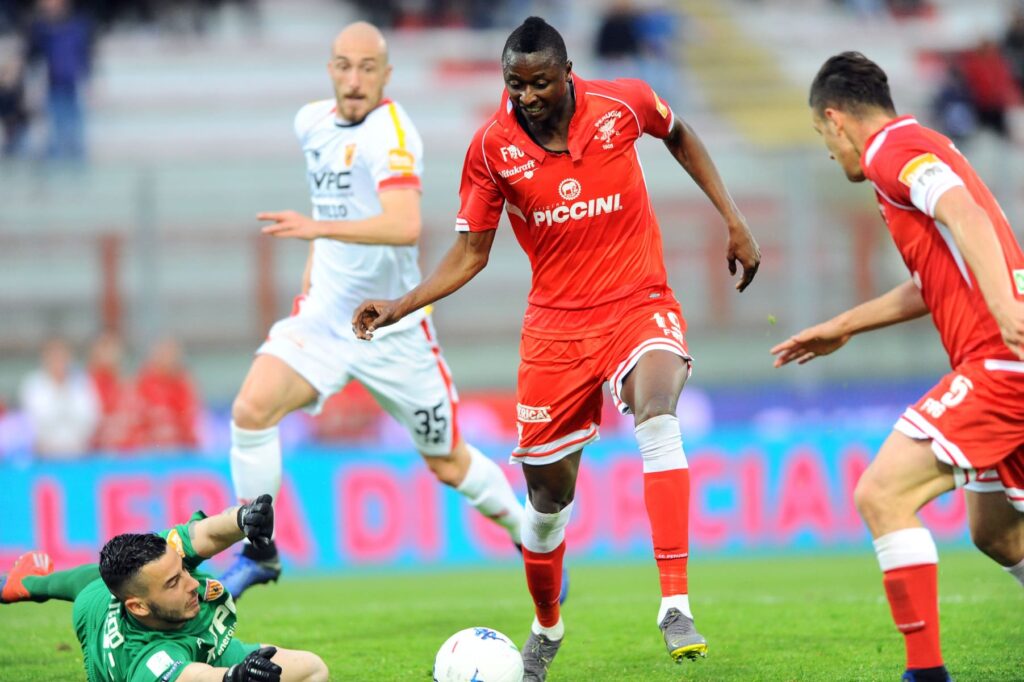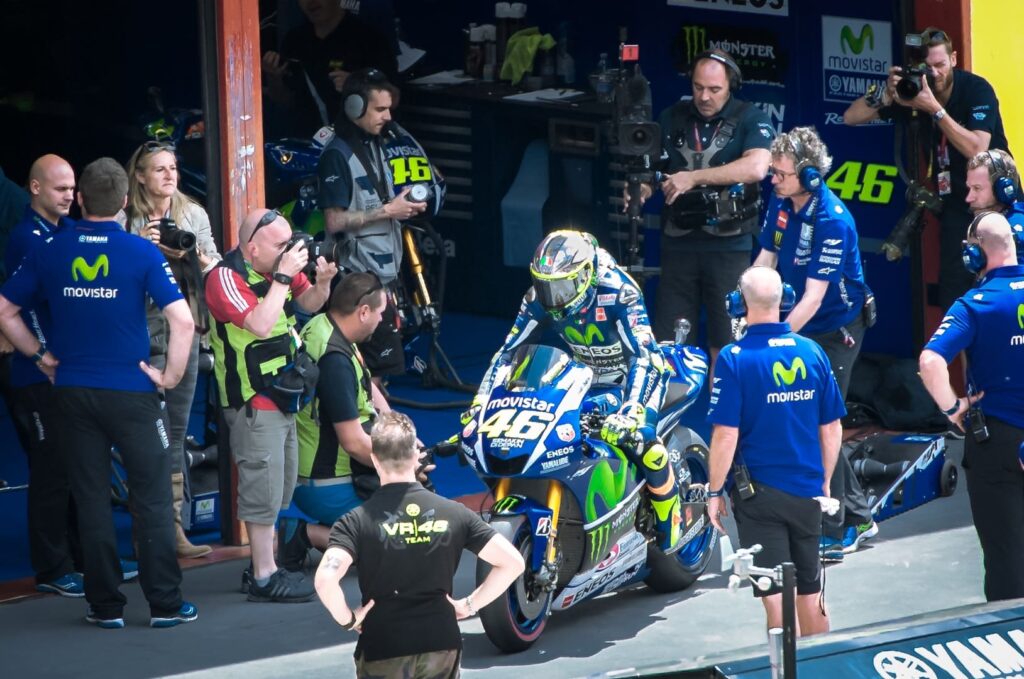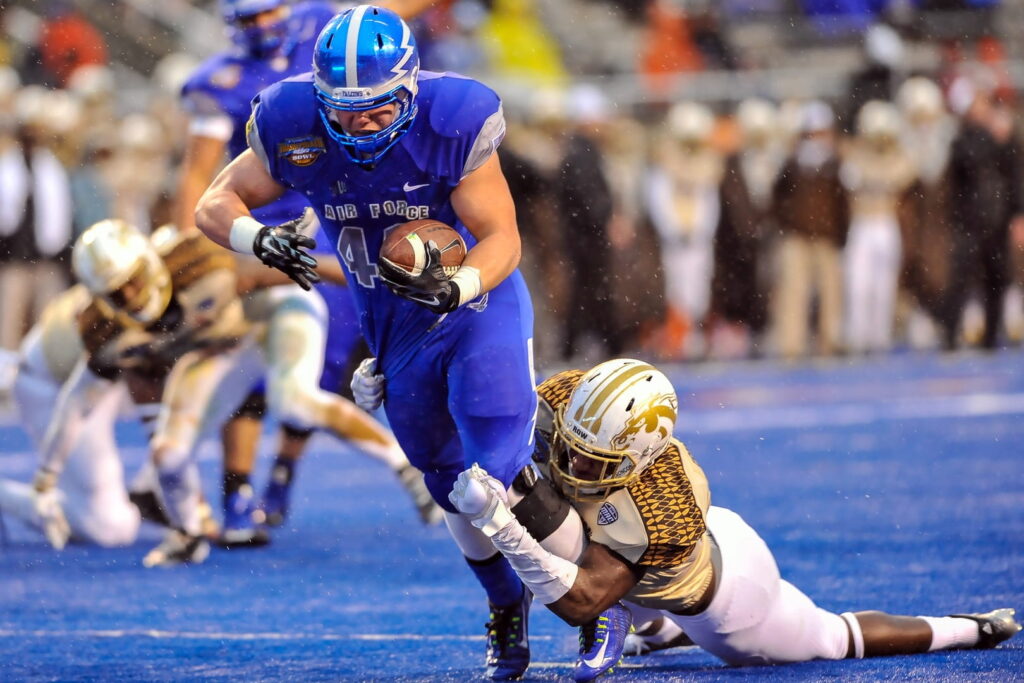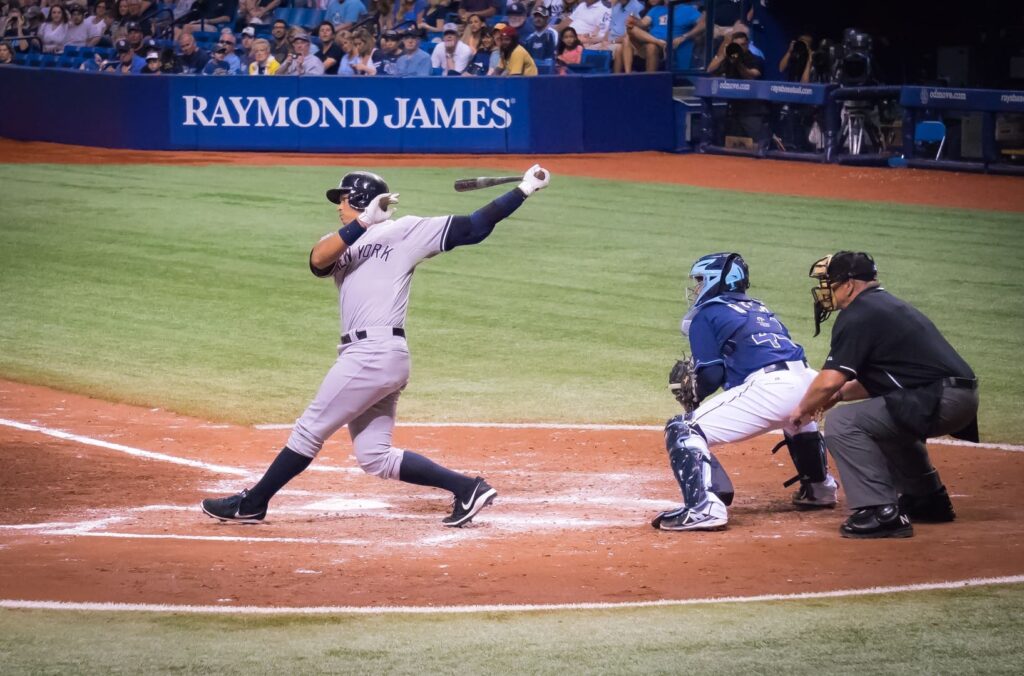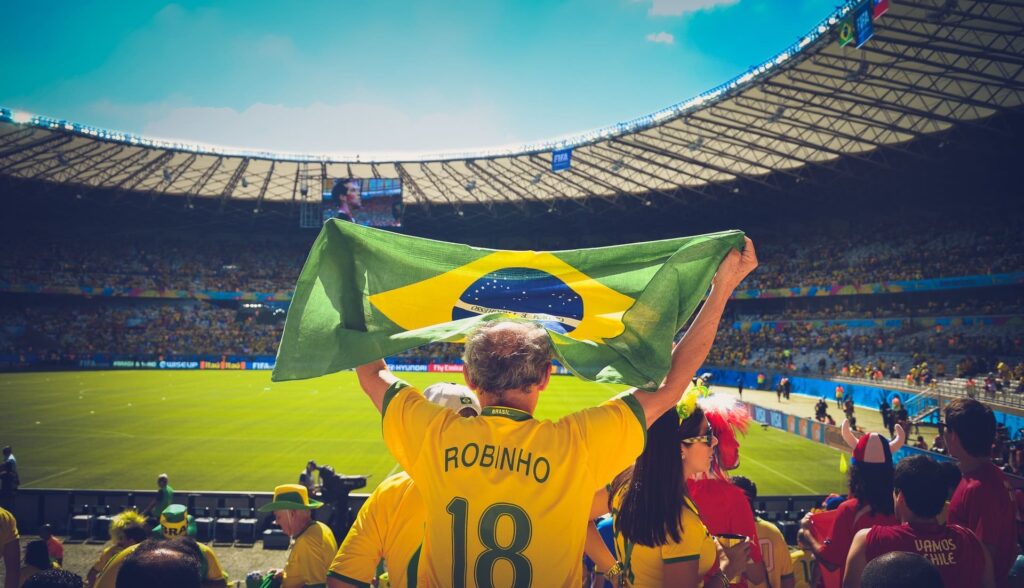Image SEO Can improve your Google ranking
Pellentesque Aenean Hac Sem Placerat Iaculis Ut
If you want to improve your website’s position in the search engine results pages, most on-page measures centre on the optimisation of content, metadata, link structure, and source code. The images featured on the website, despite being an important aspect of content, are often neglected during SEO measures. However, extending your optimisation techniques to include images is generally positively rated by Google, and can therefore both generate additional traffic for your website and influence the user’s rating. This, in turn, has a positive effect on the website’s position in search results, proving that, with good image SEO, you can kill two birds with one stone.
SEO for images: is it worthwhile?
These days, there are not too many websites that don’t contain any images. Without some kind of visual appeal, it’s usually pretty difficult to maintain the user’s interest – as the old saying goes, ‘A picture tells a thousand words’. For online shops, businesses, or individuals advertising goods and services on the web, good images are a key element, without which it would be virtually impossible to attract customers. High-quality images ensure a better user experience and attract attention; for these reasons alone, it’s worth investing time and money into optimising your images. Infographics are particularly popular, as these also often generate useful backlinks.
Retention times and conversions increase when the content is enhanced by images, while the bounce rate is reduced. Technical quality is also a decisive factor, in addition to the visual quality of the images. When it comes to generating traffic from mobile devices, it’s particularly important for the images to have a short loading time. Website owners who make an effort to create strong images in a suitable format are rewarded with a good rating by Google, which subsequently improves the ranking of the entire site.
In addition to the normal search function, Google offers a targeted image search, which is of central importance for the search engine optimisation of images. A good position in the image search results pages can pay off just as much as on normal results pages. While many users will end up on your site by searching directly for their desired product or service, this can also be achieved by having a number of attractive images appear in the normal results pages. According to a study by Searchmetrics, around 40% of Google searches requests are accompanied by relevant images. In this way, you can position yourself with good SEO images in the standard search. One study by German content marketing platform Searchmetrics suggested that Google displays matching images for around 40% of all search queries. This allows you to improve your position in the standard search results with good image SEO.
The Google Images index
In 2001, the search engine giant, Google, released its own, image-oriented web search through which allowed users to search for graphics and photos. The images that appear in the search results are centrally located in the image index. This is a database containing all the images found by Google with the help of crawlers – automatic search programmes – that store them on their own servers. Googlebot images are the crawlers responsible for image indexing and since the end of 2010, part of the default Googlebot. In its infancy, the library included around 250,000 indexed images, but after four years, the brand has already exceeded the one billion mark.
The best Image SEO tricks for optimal indexing
The crawlers are unable to read images visually, so they assign content thematically according to their respective HTML codes. In doing so, the bot scans the text environment and the image’s <img> tag itself to determine which keywords are relevant to the image. Read on to find out which factors are relevant to Google rating and how to get the most out of them.
Getting the right file name
Your image’s file name can help the crawlers classify images thematically – namely by referring to the name of the topic. Often people do not put much thought into naming their image files, so it’s not uncommon to see file names like picture01.jpg or img10.jpg. In doing this, you will not be aware of any specific disadvantage, but a vague file name like this will significantly reduce the chances of your images being found by crawlers. With a file name like dalmations.jpg, on the other hand, your images will have a far higher chance of being detected and assigned to the appropriate category. Avoid any special characters, as these could prevent the image from being displayed. Individual terms can be separated with a hyphen, which will be interpreted by Google as a space.
The alt attribute: describing images in text form
One of the most important ranking factors in image optimisation is the alt attribute, also known as the alt tag. This is an attribute of the <img> tag, which is used to embed images into an HTML document (‘alt’ here being short for ‘alternative’). The ‘alt’ attribute contains the text that describes the image and is an alternative display for the site visitor if the image cannot be displayed due to technical problems or special browser settings. Many programmes for visually impaired people also use the alternative text to describe the image. For this reason, the alt attribute is a mandatory task for implementing barrier-free websites. Alternative text is an excellent way for Google crawlers to understand and categorize an image. You should therefore try to write a text that describes the image as accurately as possible and embed important and relevant keywords that are appropriate to the context. However, you should refrain from using filler keywords, as this can quickly lead to Google marking your website as spam, resulting in a lower ranking. Example of a well implemented alt attribute:
<img src="dog.jpg" alt="Dalmatian puppy playing">Example of a bad alt attribute that would attract a negative rating:
<img src="dog.jpg" alt="Puppy dog small dog puppy Dalmatian cheap dog food puppy food">Content-rich tooltips (title) and image captions
The optional title attribute is another attribute of the <img> tag: an additional way of describing the respective image. Your website visitors see the picture title presented as a tooltip when they move the mouse pointer over the picture. This serves as a further item for research and evaluation for the search engine bots. It’s a good idea to use the same keyword for the title attribute as for the alt attribute, as conflicting keywords can also lead to a negative rating. If an image is linked to a click action, for example a link to another (internal or external) page, or zooming in to the picture, you should only use the title to describe the respective action.
Implementing an image caption is also useful, even if it’s associated with a little more work. This short text, which users automatically see as opposed to the tooltip, provides another platform for your keywords, although it’s not featured in the <img> tag. Since the launch of HTML5, the elements <figure> and <figcaption> have been made available for this purpose, and can be used to describe multimedia content, including the corresponding text. Previously, it was necessary to revert to the more general <div> container. To create the desired visual presentation form, you also need appropriate CSS instructions. Image captions are also an ideal way to provide licence information so that other users can redistribute your images, including their names, or use images that are associated with the appropriate copyright notices.
Appropriate context
Search engine optimisation of images is closely linked to the underlying context. It’s rarely advantageous to optimise images with the abovementioned measures if they have no relevance to the website’s content. The crawlers know that an optimised image of a tomato will rarely be relevant to an article about snowboards on a snow sports website. However, such an image has far higher chances of being relevant to a review of vegetable varieties on a nutrition page. To ensure your pictures get a good rating, they should fit the context of the respective page as much as possible. But in image SEO, bots gather much more information than just the text that directly follows the image. The following text components are equally as important:
- the website’s title,
- the main headline (h1),
- the subheading (h2, h3, h4),
- the image caption
- the title attribute (tooltip)
The crawlers examine and rate the entire structure, giving a good ranking to the images that fit the content and keywords of your web project.
Image optimisation: the user experience counts
When implemented correctly, the different optimisation methods listed above have a positive effect on the users’ surfing experience. They receive suitable search results for their queries and receive detailed alternative information about the images. In addition to formulating a good keyword strategy for the title file name, and alternative text, further methods for improving the user experience include:
- Use high-quality images: high-resolution images have a far greater effect on your visitors than blurry or unclear images. They are also displayed far more clearly in the Google search results thumbnails and more frequently linked by other webmasters. But make sure your images retain a good balance of quality and file size and compress them using one of these free tools.
- Finding an optimal placement for images: images serve to illustrate your web project and make it stand out from the crowd, which is why an optimal positioning is indispensable. Users will often not bother to scroll to the end of the page, so it’s generally a good idea to place graphics, photos, and images at the top of the page, where possible.
- Specify dimensions: web browsers can begin to display your page before loading any images – provided the dimensions of the images are known. If you have entered the image’s height and width, the remaining elements can start to be built up around a placeholder to be noticed more quickly. Incidentally, Google generally rates images in a landscape format (4: 3) better than images in portrait format.
The perfect mix of quality and stable performance is particularly significant for the growing mobile sector. Mobile devices normally have far less broadband than desktop PCs, making speed optimisation especially important. Long loading times can quickly result in a high bounce rate.
Further ranking factors: relevance, click rate, and link building
As with traditional search engine optimisation, the results of your efforts will not be immediately apparent with image SEO. To keep up with the competition, you have to assume that other website owners have optimised their images with selected themes and keywords with pictures. Various long-term factors also play an important role for the image ranking and these only come into play after a few months. Many of these factors can be influenced by normal off-page measures, while others are linked to the quality, general success, and relevance of your web project.
- Internal and external link structure: with a good link structure, your images (and therefore your web offer) promises authority and professionalism. Particularly with the help of infographics, strong links can result in an improved ranking in the long term.
- Multiple applications: using one set image on several pages of the same domain in an appropriate context, will be rated positively by Google, providing you always reference the same file path.
- How current the image is: the exact influence of the age of your pictures can only be speculated. Older images appear to be favoured by Google – presumably due to existing link structures; on the other hand, the search engine giant is steadily attributing more value to new content, which is why younger images, particularly surrounding current topics, seem to gain in value.
- Click-through rate: keywords and links are strong factors that Google honours accordingly with good ratings. However, the Google algorithm can’t ascertain the relevance of an image quite as well as humans can. For this reason, the assessment is also influenced by how often users click on an image featured on the search engine results pages.
- Relevance: one ranking factor that is very difficult to measure is the overall relevance of your images. It’s assumed that Google wants to display specific search results with pictures that are relevant to the page content. The algorithm ultimately determines this by way of several factors, such as the number of links, or the context of the images.
Image SEO conclusion: practice makes perfect
Optimising the images on your website for Google can have a positive effect on your website in many ways; first and foremost, you’re improving your Google Image Search ranking, which is one of the most widely used platforms for finding the right website. With a little bit of luck, a high ranking should also mean your pictures are featured in the regular web search – regardless of the general classification of your web project. For practical purposes, thorough SEO for images also has a positive effect on this ranking, because it is linked to an improved user experience and accessibility.
The search engine optimisation of your images can therefore significantly increase your popularity and visitor numbers to your page, who might not have found your website otherwise. Don’t be put off if image optimisation is a big challenge at first; it will take less and less time to optimise the <img> tag the more this becomes part of your routine. And with some experience, you will soon get a perfect symbiosis of images and text. Successful image SEO methods can be used again in the future to use image searches as an advertising platform. Particularly when it comes to highly competitive keywords, eye-catching, alternative images can make a world of difference.
All the steps covered in this guide are suitable for current methods by way of allowing search engine crawlers and algorithms to detect your website images. However, with Google’s constantly evolving technology, it’s very likely that there will be additional factors to record and classify images in the future. For example, in 2014, Google announced that EXIF data could potentially be a ranking factor on its ‘Google Webmasters’ YouTube channelrdum cras suspendisse dignissim in diam. Pretium. Bibendum rutrum pharetra.
